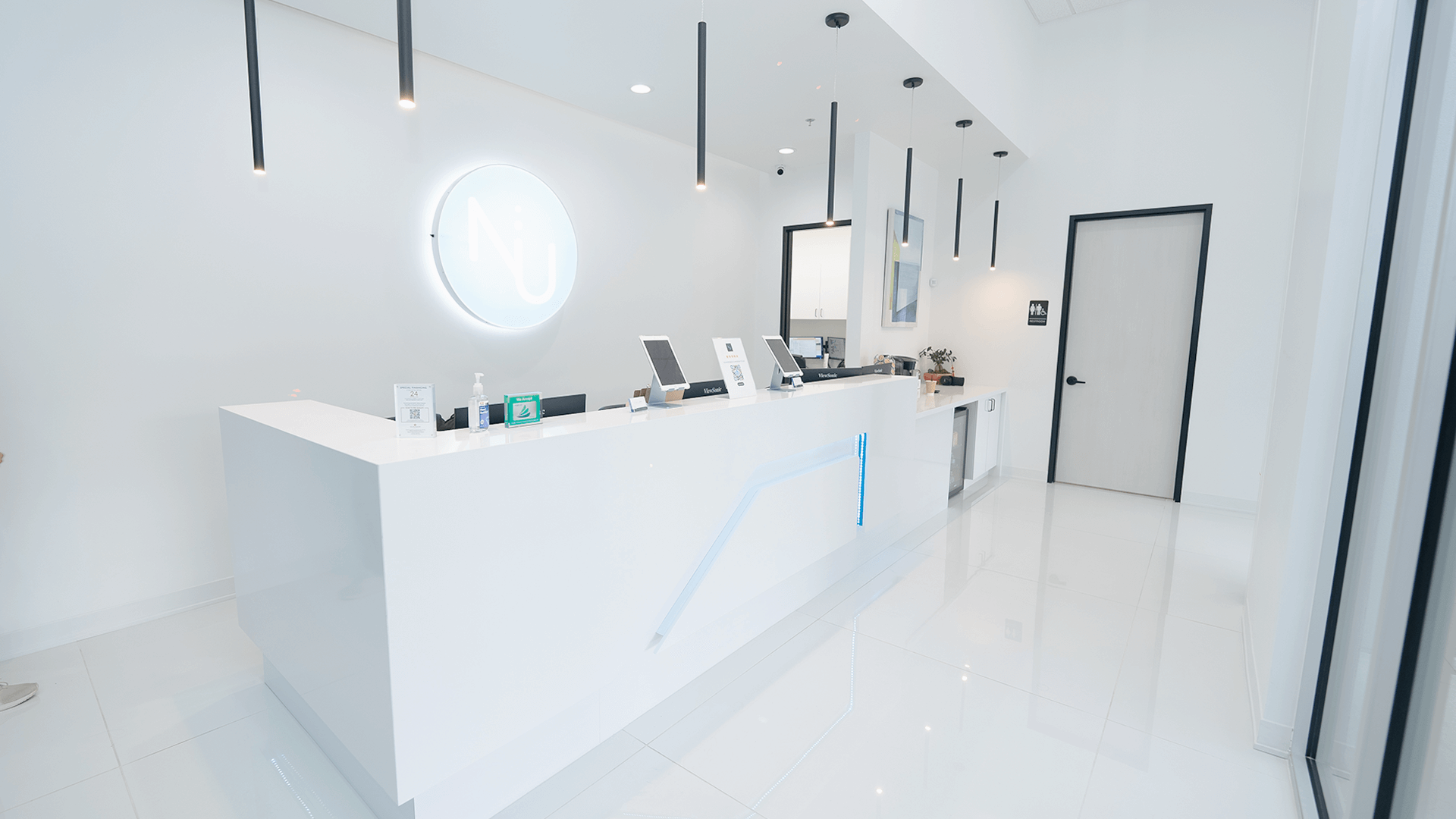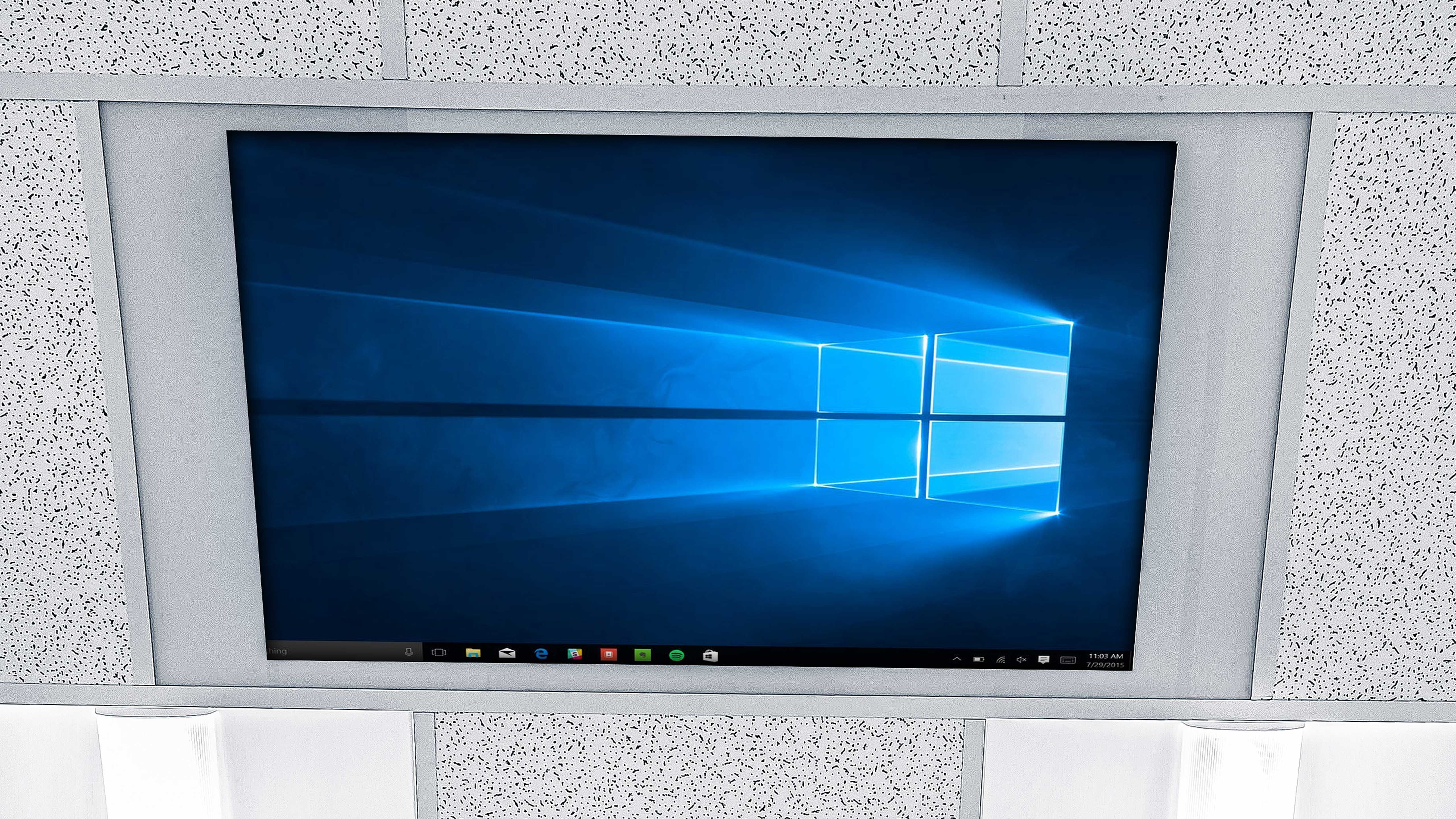Specialty Dentistry
Conquering Dental Phobia: Understanding Anxiety Management in Dentistry
Dental phobia, a profound fear of visiting the dentist, affects many individuals, deterring them from seeking necessary oral care. This anxiety can stem from various sources, such as past experiences, fear of pain, or the sounds and smells associated with dental clinics. However, modern dentistry offers numerous solutions for managing anxiety, ensuring that dental visits can be comfortable and fear-free. This blog explores the ways in which dental professionals can support patients with dental phobia, focusing on anxiety management, sedation techniques, and addressing concerns related to dental anesthesia.
Can Dentists Give You Something for Anxiety?
Absolutely. Dentists are well-equipped to help patients manage their anxiety. One of the most common approaches is the use of anti-anxiety medications. These are prescribed before the appointment to help patients feel more relaxed and calm during their visit. Options include oral sedatives taken an hour before the procedure or, in some cases, mild sedatives that can be inhaled, such as nitrous oxide (laughing gas). These medications don't put you to sleep but significantly reduce anxiety, making the dental experience much more bearable for phobic patients.
What Do Dentists Use to Sedate You?
For individuals grappling with profound dental anxiety or facing longer, more complex dental procedures, sedation dentistry emerges as a beacon of relief, offering a spectrum of options tailored to ensure a tranquil and comfortable dental experience. The continuum of sedation spans from minimal, where the patient remains awake yet in a state of heightened relaxation, to the profound depths of general anesthesia, which induces a state of complete unconsciousness. Here's a deeper dive into the various sedation methods employed in dental practices to mitigate anxiety and discomfort:
Nitrous Oxide: A Breath of Comfort
Nitrous Oxide, colloquially known as laughing gas, stands out for its swift action and equally rapid dissipation. Administered through a mask that fits snugly over the nose, it induces a euphoric state, alleviating fear and tension almost instantaneously. Its popularity not only stems from its effective calming effect but also from its convenience; since it wears off minutes after the mask is removed, patients can safely drive themselves home post-procedure, making it an ideal choice for those seeking minimal sedation with no lingering aftereffects.
Oral Sedatives: Ease in a Pill
Oral sedatives represent a cornerstone of anxiety management in dentistry, offering a gradient of sedation levels from mild to moderate, dictated by the specific dosage prescribed. Administered in pill form, usually an hour before the dental procedure, these medications work wonders in diminishing the patient's apprehension, transporting them to a state of profound relaxation. The versatility of oral sedatives, coupled with their ease of administration, renders them a favored option for patients and dentists alike, significantly reducing anxiety without the need for intravenous access.
IV Sedation: Precision and Control
IV (Intravenous) sedation elevates the sedation experience by introducing medication directly into the bloodstream, allowing for an immediate and adjustable sedation level. This method offers a deeper sedation compared to oral sedatives and nitrous oxide, with the distinct advantage of enabling the dentist to fine-tune the sedation depth in real-time, ensuring optimal comfort throughout the procedure. Ideal for longer dental treatments or for individuals with moderate to severe dental phobia, IV sedation requires specialized training for administration, underscoring the dental profession's commitment to patient safety and comfort.
General Anesthesia: Total Unconsciousness
Reserved for the most extensive dental procedures or for patients grappling with severe dental phobia, general anesthesia represents the zenith of sedation dentistry. Under general anesthesia, patients are rendered completely unconscious, oblivious to the dental work being performed. This method is typically employed in situations where other forms of sedation might not suffice to ensure the patient's comfort or cooperation, such as significant surgical interventions or for individuals who cannot be adequately sedated through other means. The administration of general anesthesia is conducted under the watchful eye of an anesthesiologist or a specially trained dentist, ensuring the highest levels of patient safety and care.
Each sedation technique is meticulously selected based on the patient's specific needs, anxiety levels, and the complexity of the required dental work, ensuring a personalized and comfortable dental care experience. By leveraging these advanced sedation methods, dentists can significantly alleviate the apprehension and discomfort associated with dental visits, fostering a more positive and fear-free approach to dental health.
Can You Die from Dental Anesthesia?
While any medical procedure involving anesthesia carries some level of risk, deaths from dental anesthesia are extremely rare. Dentists and oral surgeons are rigorously trained in administering sedatives and monitoring patients throughout the procedure. Stringent guidelines and advancements in technology have made dental procedures and the use of anesthesia safer than ever before.
Patients are thoroughly evaluated before receiving sedation or anesthesia, with their medical history, allergies, and current medications carefully reviewed to minimize risks. Continuous monitoring of the patient's vital signs during the procedure further ensures safety. It's crucial to communicate openly with your dentist about any concerns or questions you may have regarding sedation or anesthesia.
Moreover, the dental community continually adopts the latest safety protocols and anesthesia techniques to enhance patient care. Regular training sessions, seminars, and workshops are part of a dentist's professional development, ensuring they stay up-to-date with the safest and most effective anesthesia practices. These ongoing education requirements underscore the dental profession's commitment to patient safety, aiming to provide the most comfortable and risk-minimized dental care experience possible. This proactive approach to safety, combined with transparent patient communication, significantly mitigates the already low risk associated with dental anesthesia, ensuring peace of mind for patients undergoing dental procedures.
Embracing a Fear-Free Dental Experience
Understanding the measures dentists take to manage anxiety and ensure patient comfort can significantly ease the fears associated with dental visits. With modern sedation techniques and a compassionate approach, dental professionals are committed to providing a safe, comfortable, and anxiety-free experience for all patients.
If dental phobia has been keeping you from achieving optimal oral health, know that you're not alone, and solutions are available to help you overcome your fears. We encourage you to reach out to us, discuss your concerns, and learn how we can make your dental visits comfortable and stress-free. Schedule your appointment today and take the first step towards conquering dental phobia with confidence and ease.

















































